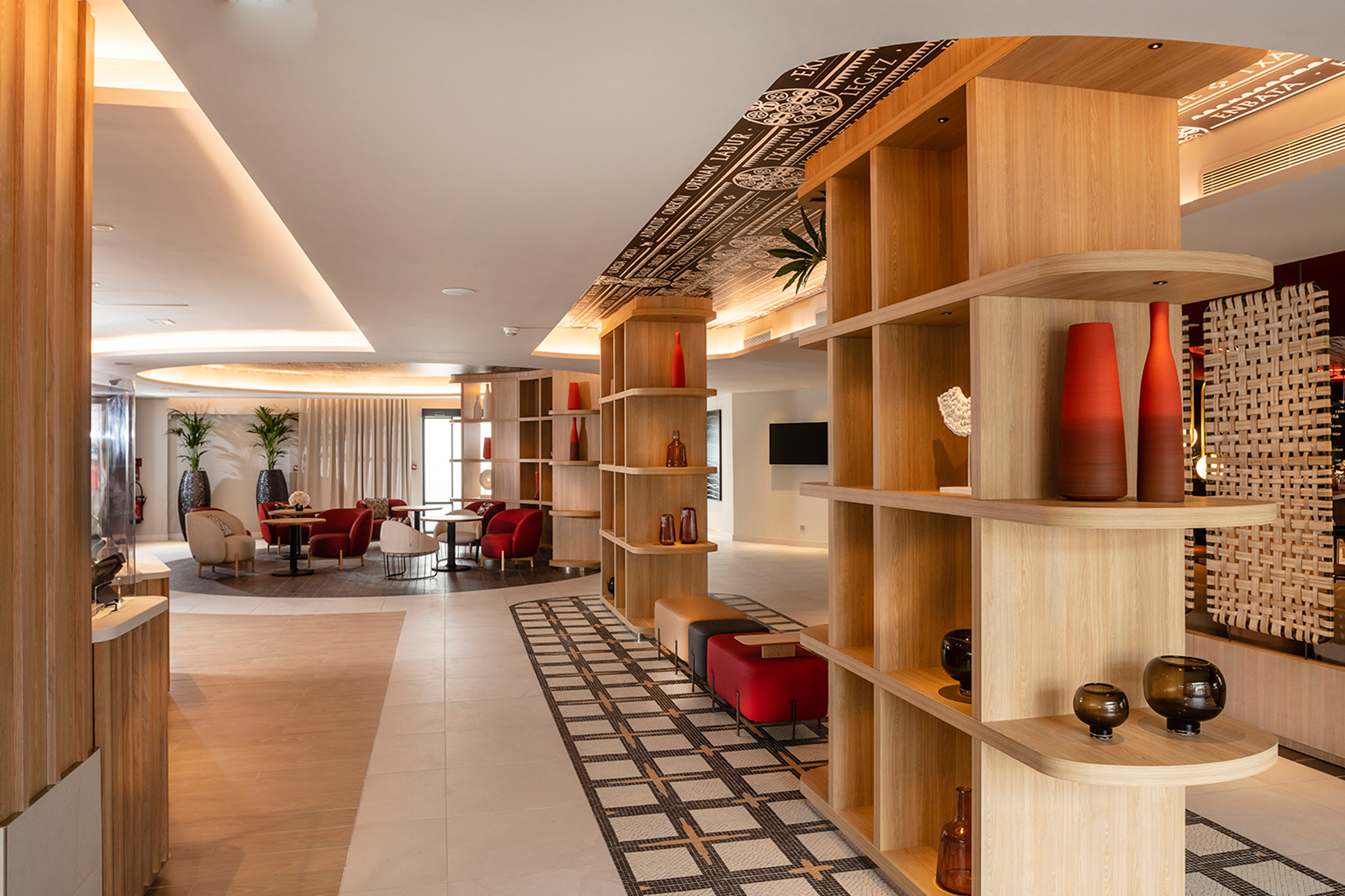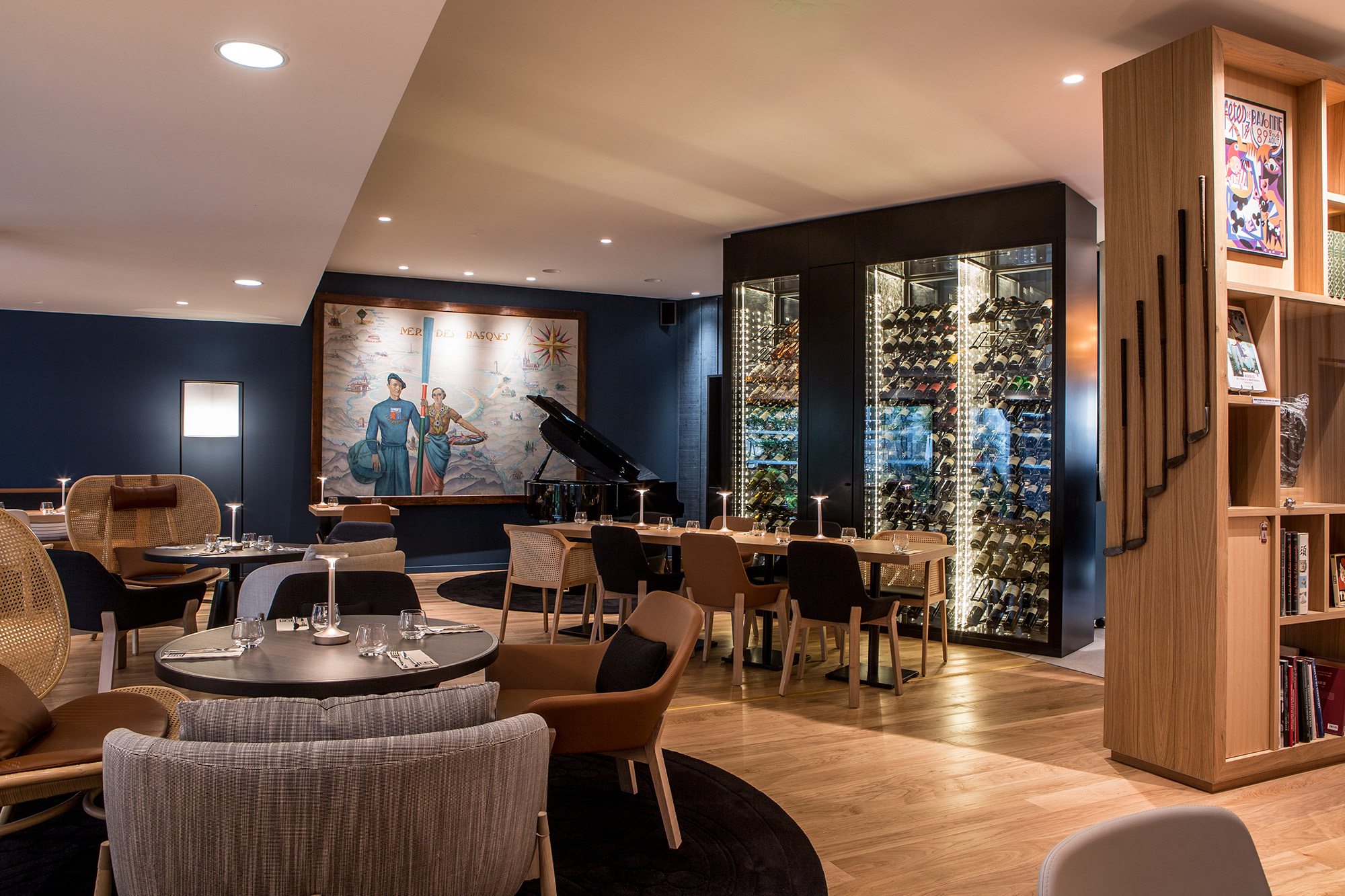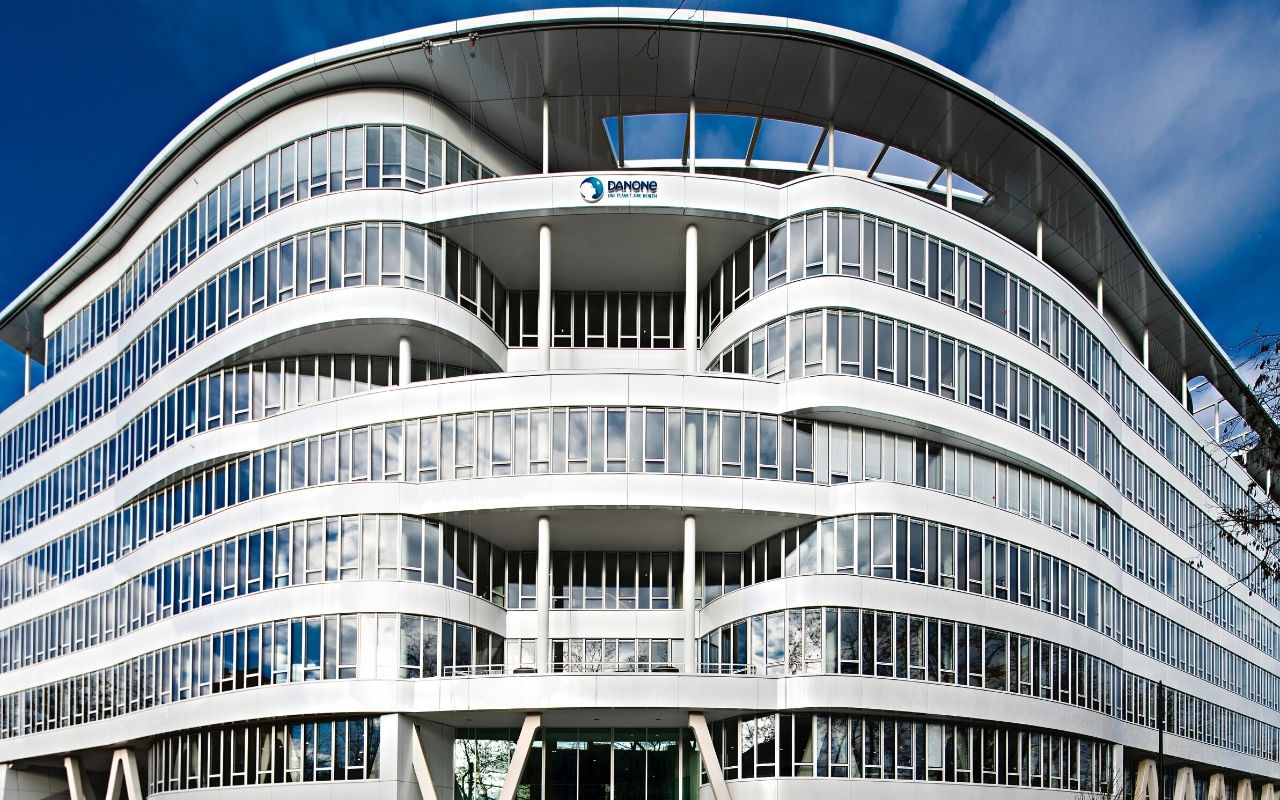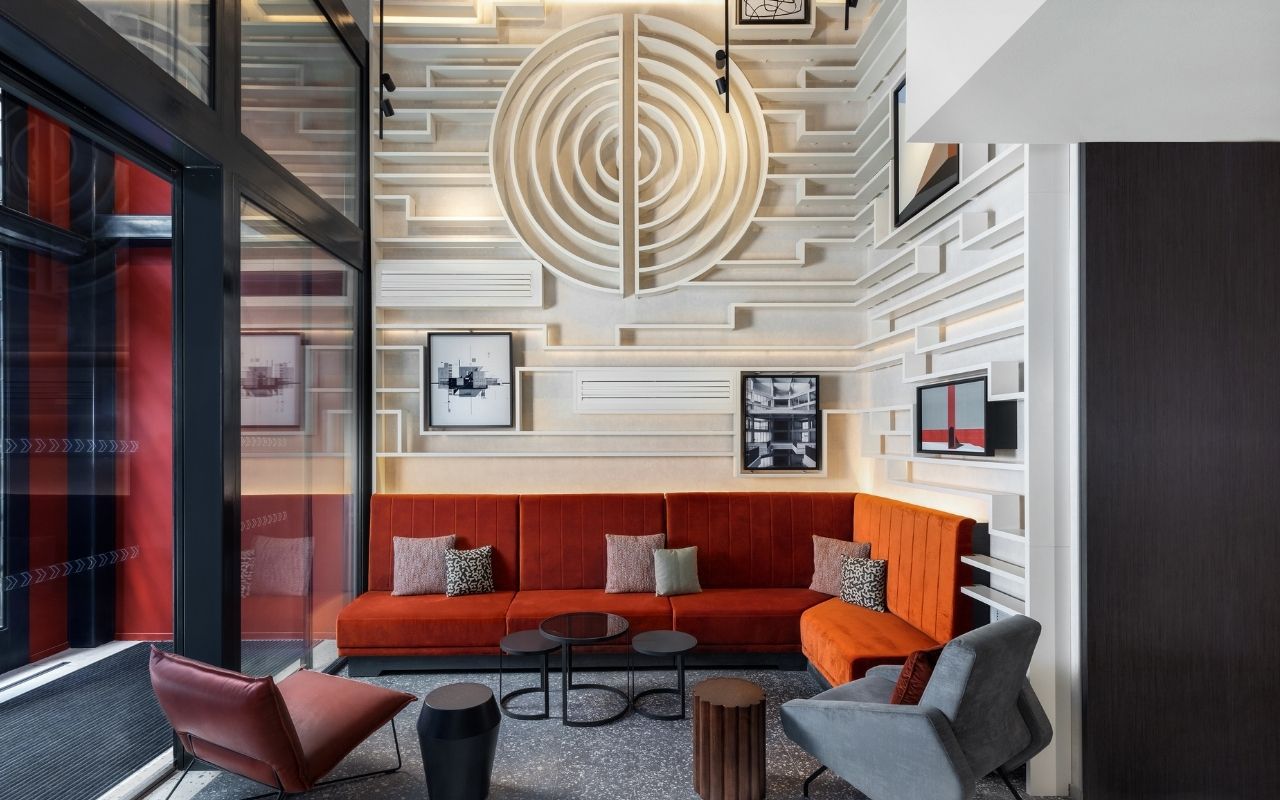Hélianthal Saint-Jean-de-Luz Hotel
The Studio Jean-Philippe Nuel brand is growing stronger in the Basque Country. After signing the Villa Koegui in Bayonne, Jean-Philippe Nuel and his team have decorated the Hélianthal hotel in Saint-Jean-de-Luz, whose thalassotherapy center has just opened its doors.
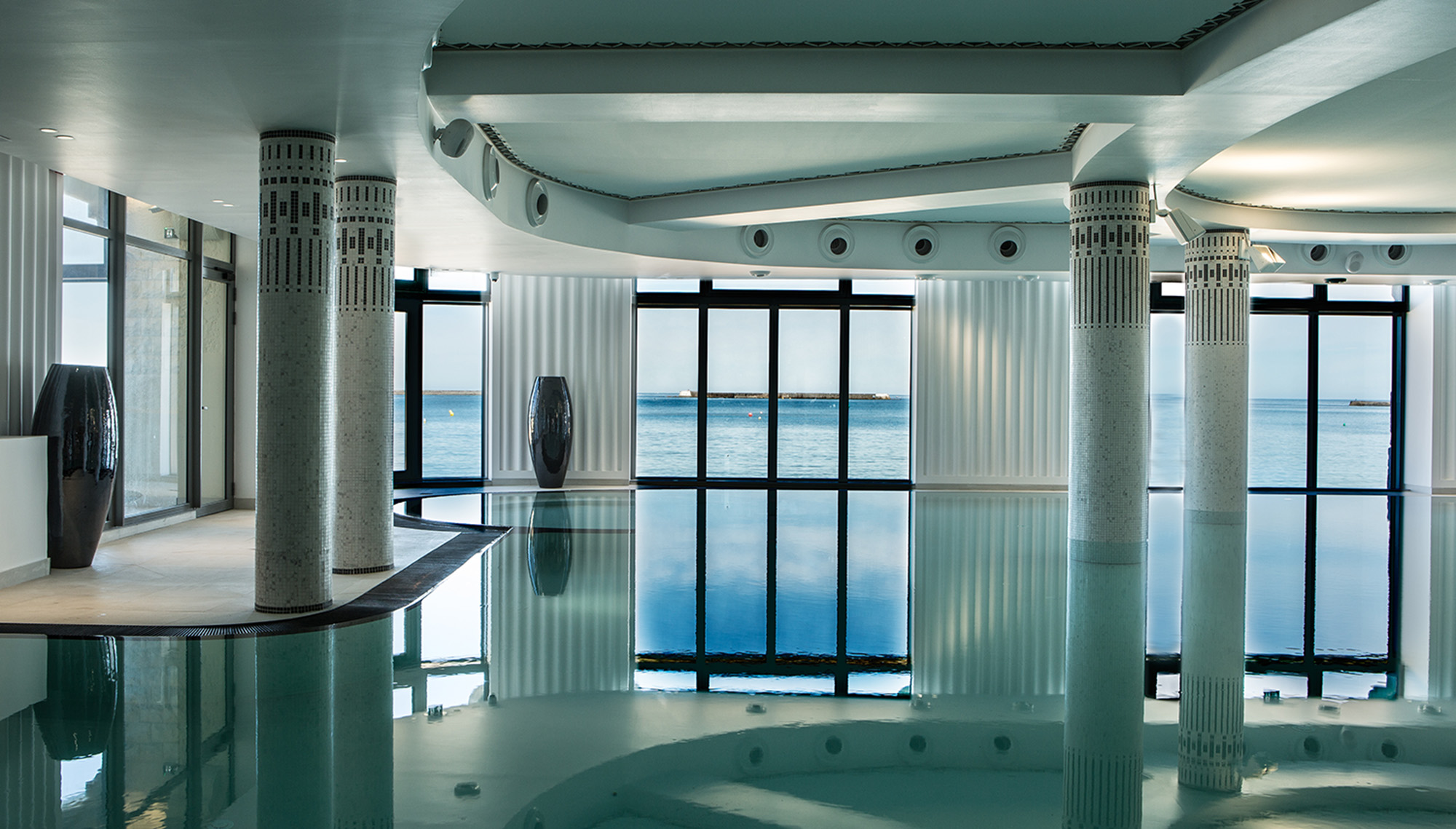
The Helianthal is a 1930s liner moored on land
“We are finally going to experience everything the Hélianthal in Saint-Jean-de-Luz has to offer,” explains the architect and interior designer Jean-Philippe Nuel. The consequences of the Covid-19 pandemic continuously postponed the opening of these 106-luxurious-rooms, all integrated within their environment and elegant establishment.
Anchored between land and sea, the Hélianthal hotel reflects on the fishermen and corsairs’ village history, and that of the 1930s, the holiday resorts, and the neo-Basque, refined, and maritime style of architect Robert Mallet-Stevens, known for the 1928 Saint-Jean-de-Luz Casino.
“When I arrive in Saint-Jean-de-Luz, I think of the presence of the naval conquest, which can be seen even in the church of Saint Jean Baptiste, witness to the marriage of King Louis XIV to Maria Theresa of Spain on June 9, 1960. Known for its Basque charm, this seaside town bathes in ocean light ” adds Jean-Philippe Nuel. “It is this culture and its maritime codes that we wanted to imprint in the decoration of the Helianthal. It is a play of patterns and motifs, a balance between chic and relaxation.”
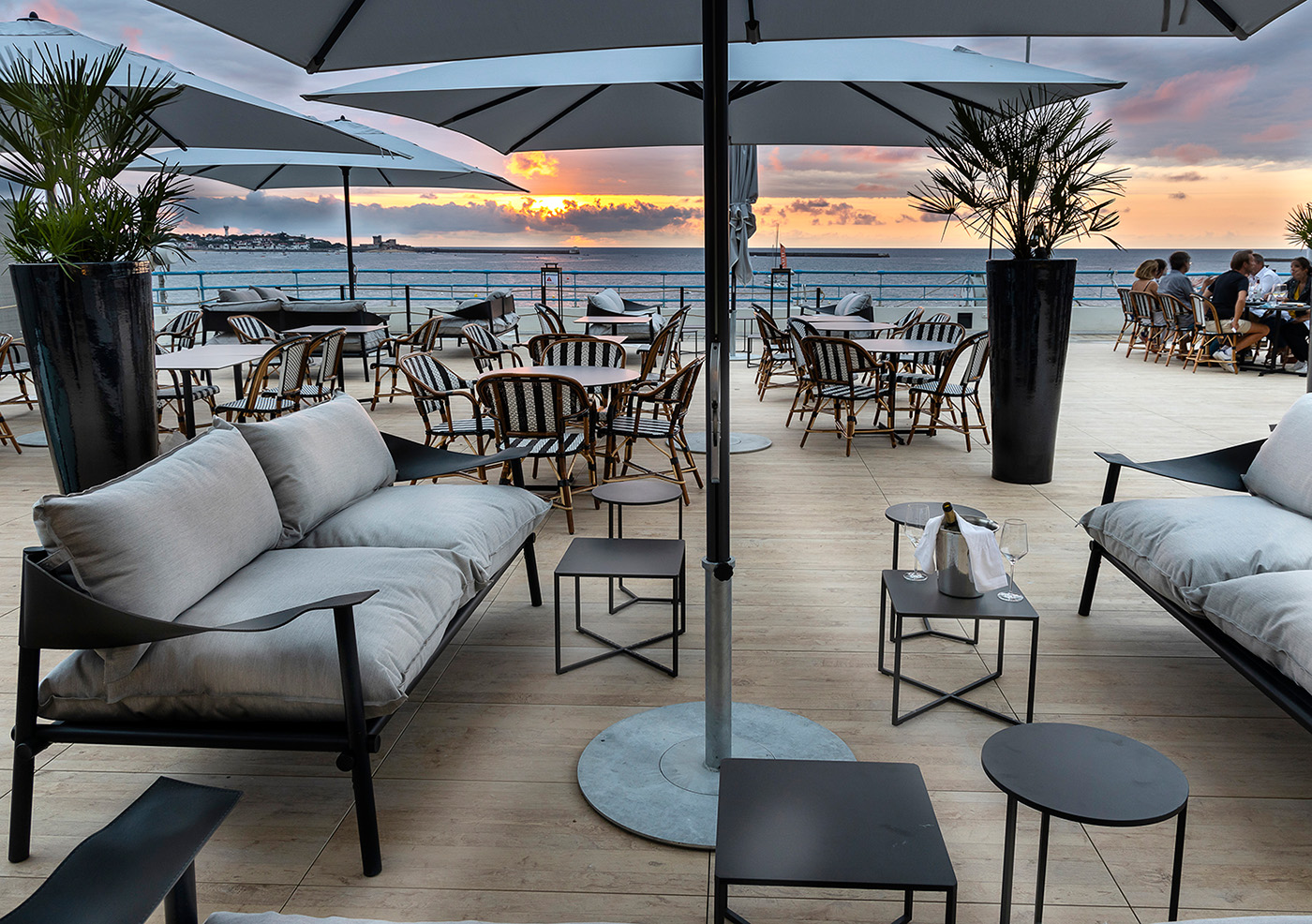
The Hélianthal Saint-Jean-de-Luz Hotel Thalasso, an iconic space
Inaugurated last June 9, exactly 401 years after of the Sun King and the Infanta of Spain’s royal wedding, the Thalasso expresses a desire and a path, a natural destination in osmosis with the ocean. “We reach the Thalasso at the end of a walk through the hotel, with places along the way to welcome guests or take a break. The reception area has a contemporary feel; the spa rooms look out over to the sea and bring in its atmosphere thanks to the minerality of the stones and the sobriety of the materials used.”
“Before walking to the Thalasso on the seaside of the hotel, we enter the lobby on the land side. The entrance is a transparent, friendly, and an accessible link with the city, composed of eclectic furniture, large wooden shelves, and spaces where people can sit, relax, and meet around a round table decorated with red Basque armchairs.”
The Helianthal is solidly set between the waves of the Atlantic and the strength of the city of Saint-Jean-De-Luz has no other similar.
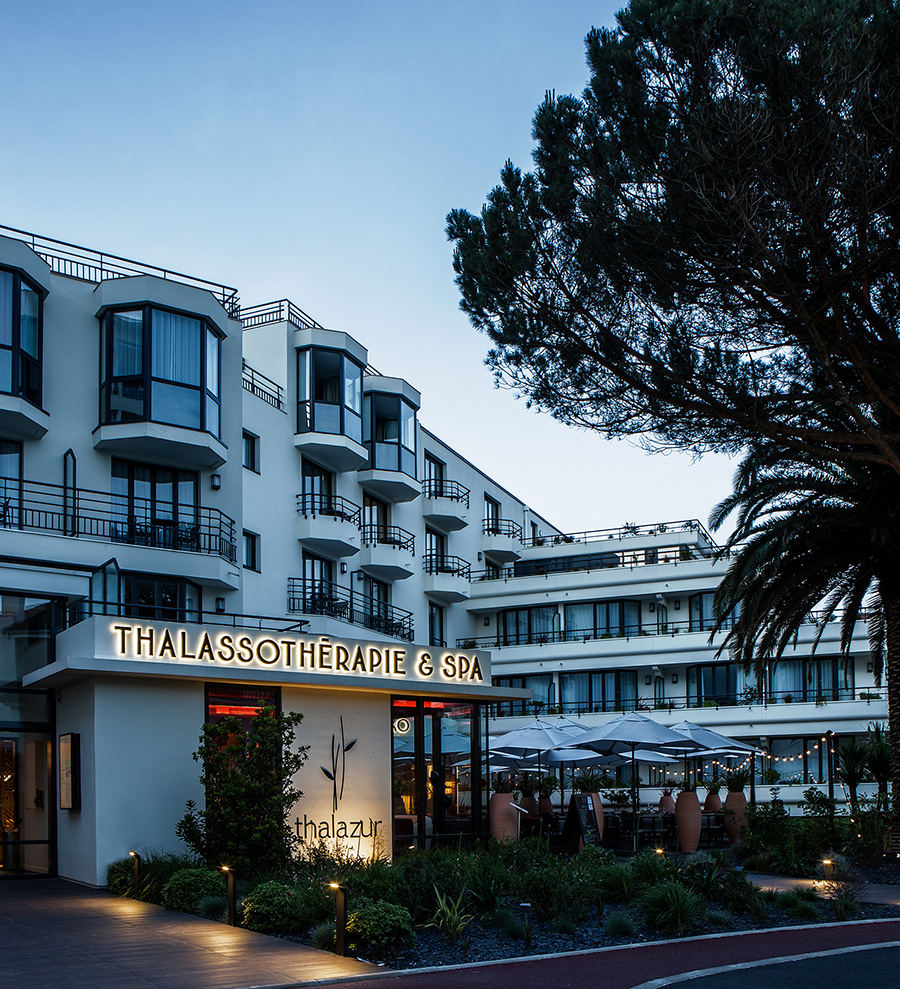
An invitation to travel and discover the Basque Country
The bar on the first floor offers a similar atmosphere and accentuates the Basque codes. Regional words are written on its walls and ceilings, as they are on kitchen objects and glass-canned goods filled with local gastronomy.
In this entrance stands a sculptural staircase. Like the heart of an ocean liner, its movement, reminiscent of a calm wave, leads upstairs to the restaurant overlooking the ocean. The design choices make the restaurant a place of conviviality, an invitation to travel, to the light and well-being of the nearby sea.
Nature is everywhere in the restaurant: the immense plants that adorn the room are reflected in the cushions and on the carpet. The tables’ wood and the chairs’ wicker contrast with the sofas and armchairs’ tenderness. The elegance of the 1930s is also found on the restaurant’s terrace overlooking the hills of Saint-Jean-de-Luz and the waters of the Atlantic.
“We thought of the rooms as large cabins, each with a lounge area,” explains Jean- Philippe Nuel. “A porthole links the bathroom, the room, and the exterior. A meridian invites the client to a moment of relaxation and contemplation in the room’s lounge area.
In the corridors, the color exchange between wood and blue creates a refinement in phase with the play of frames and lines inspired by Mallet Stevens’ architecture and the famous Jean Vier’s stripes.”
